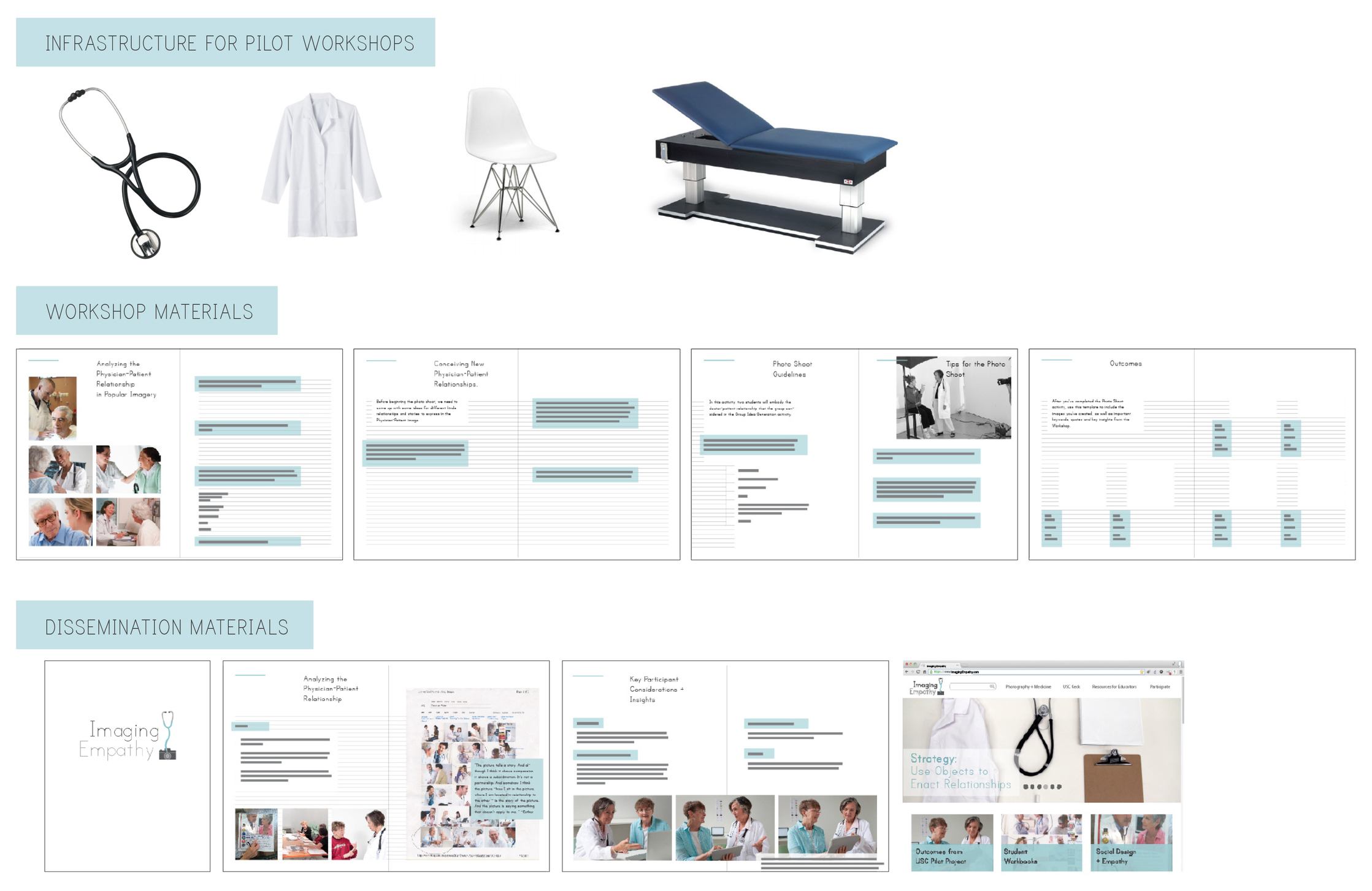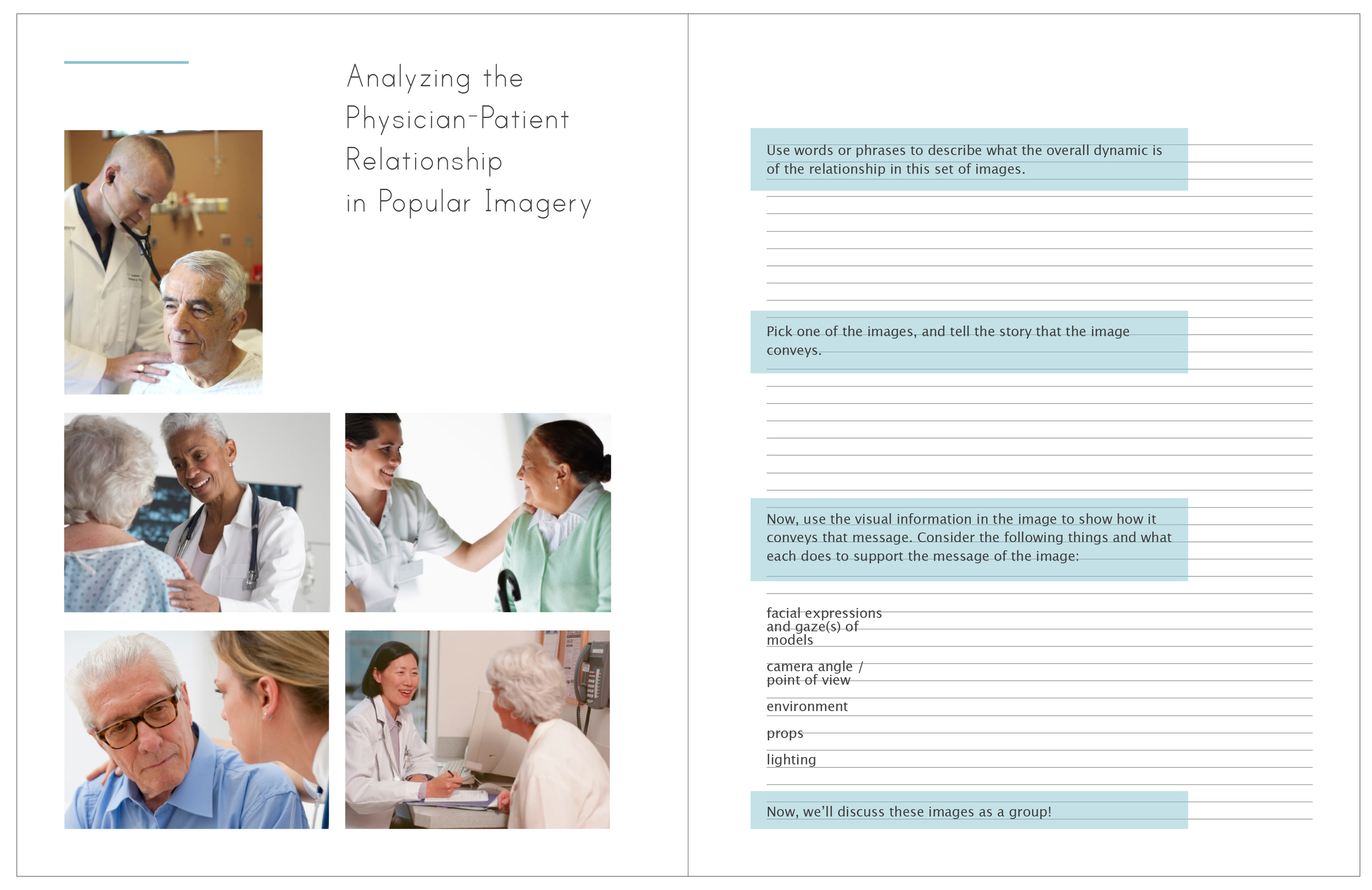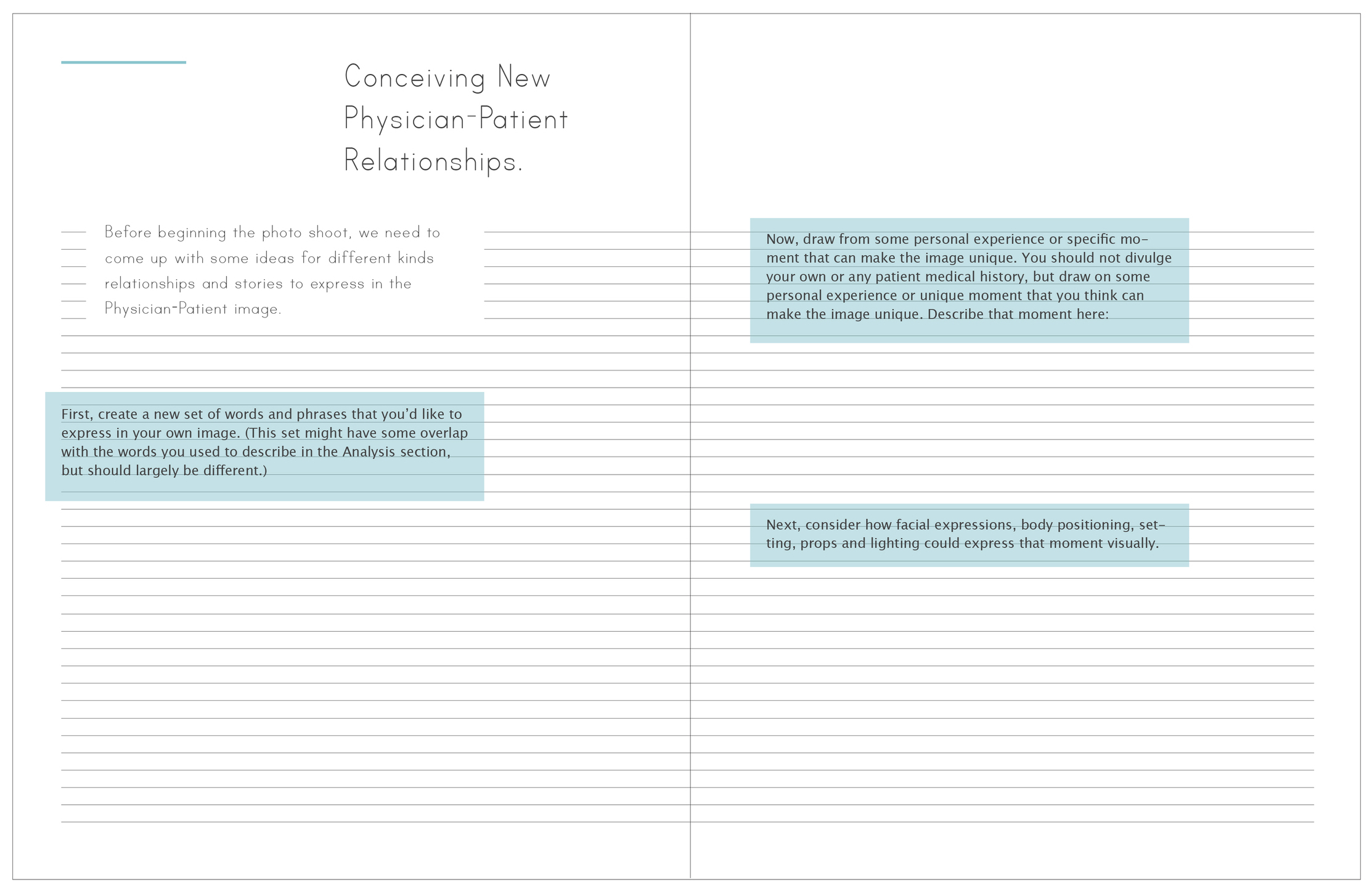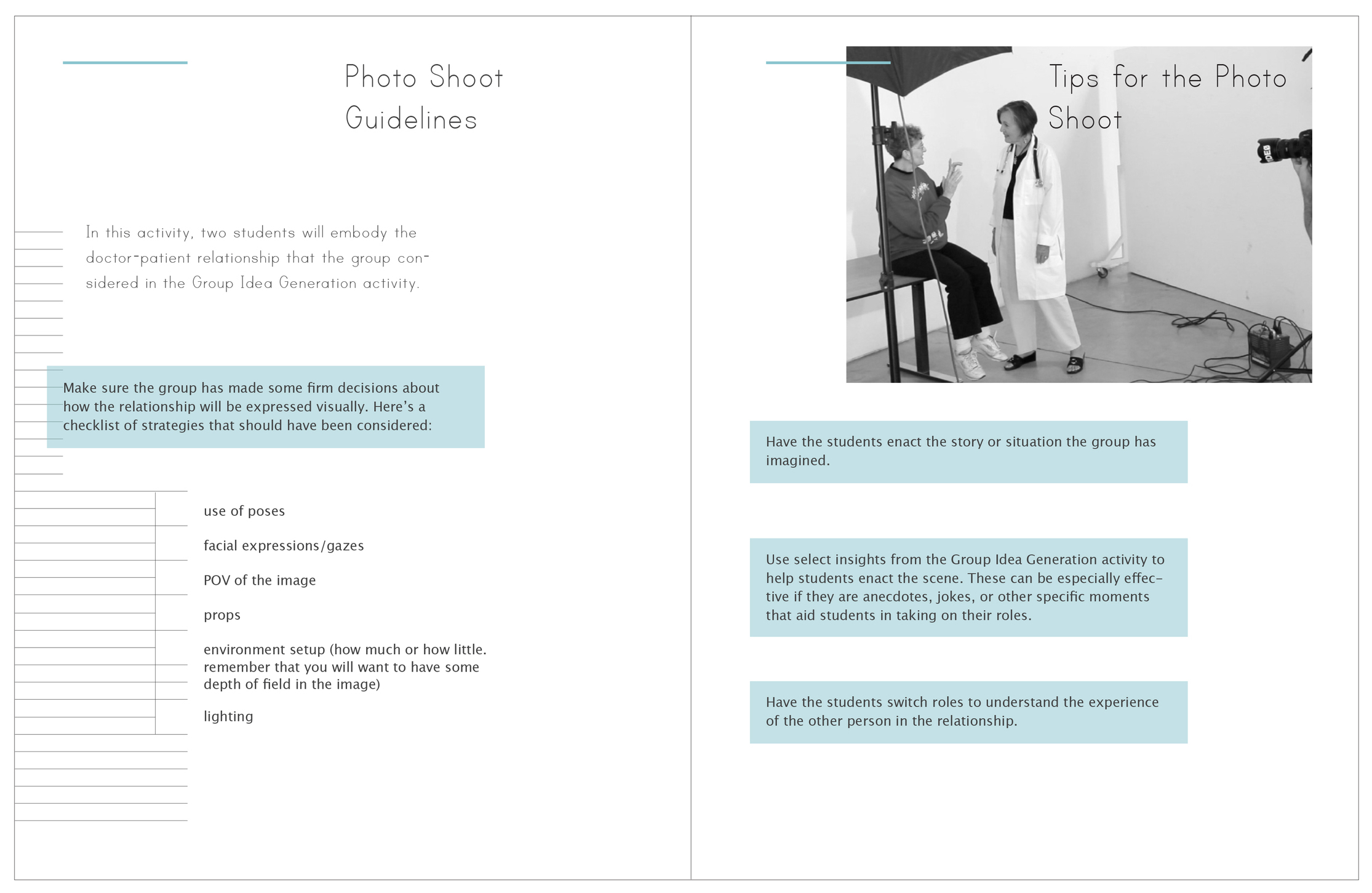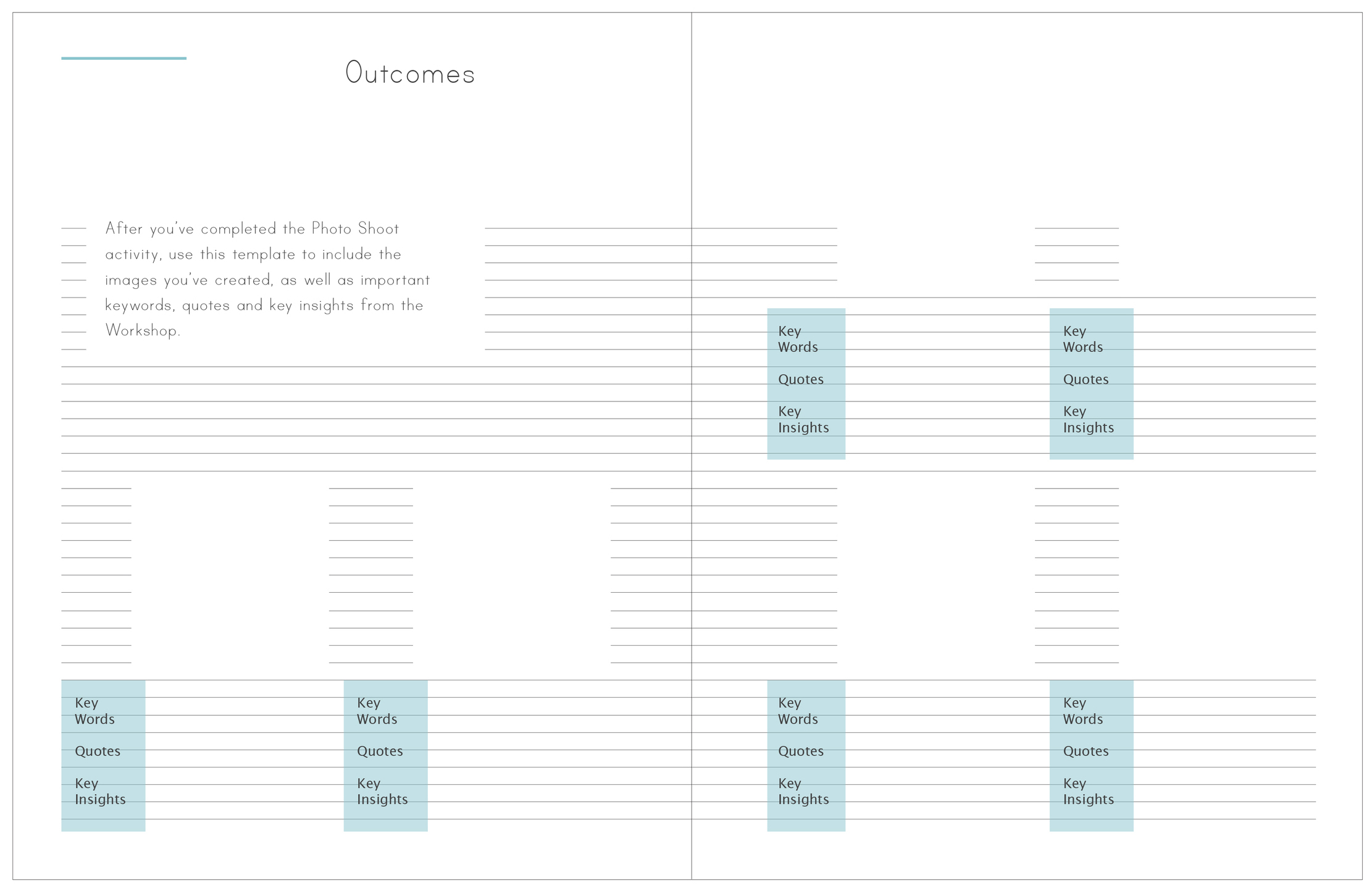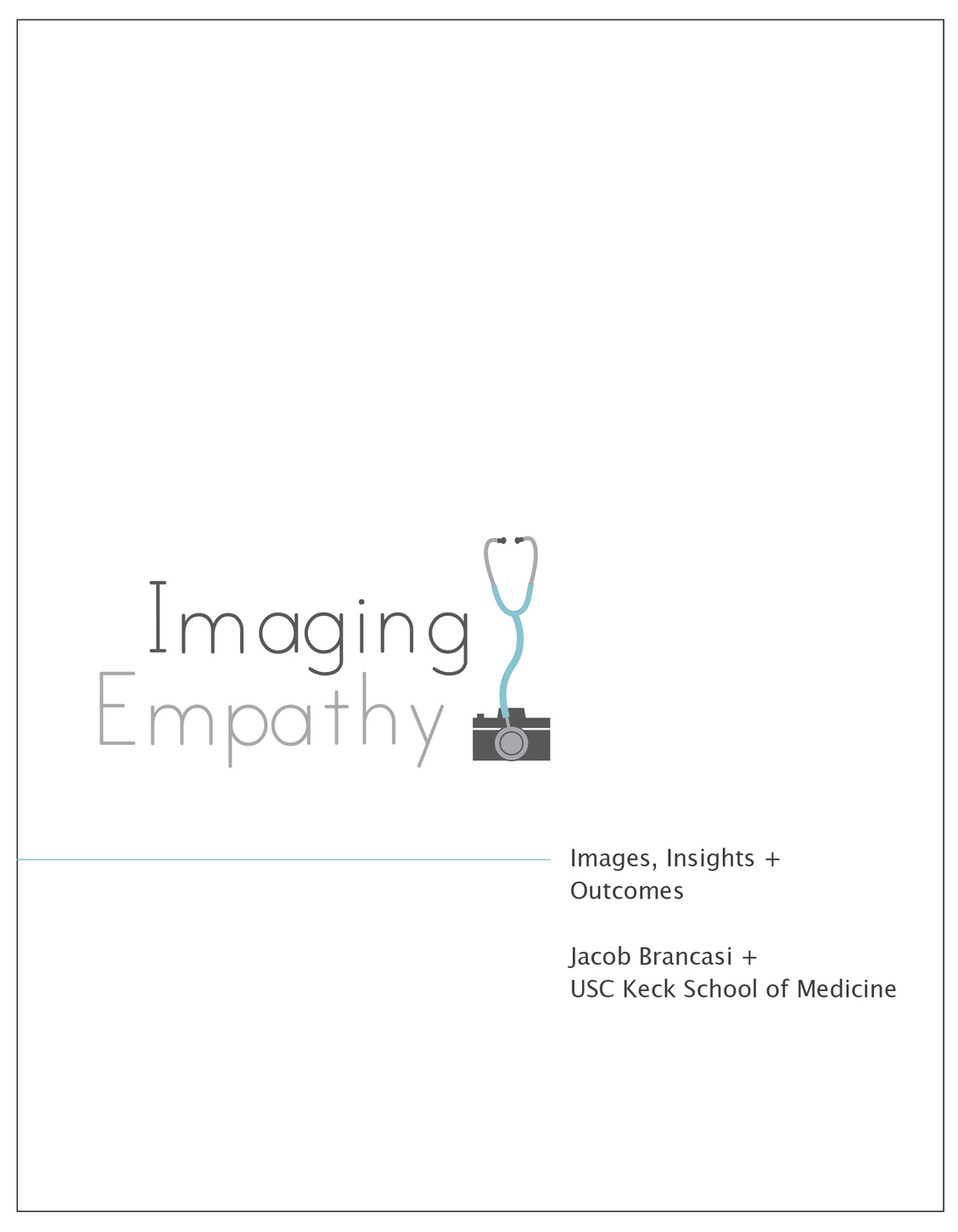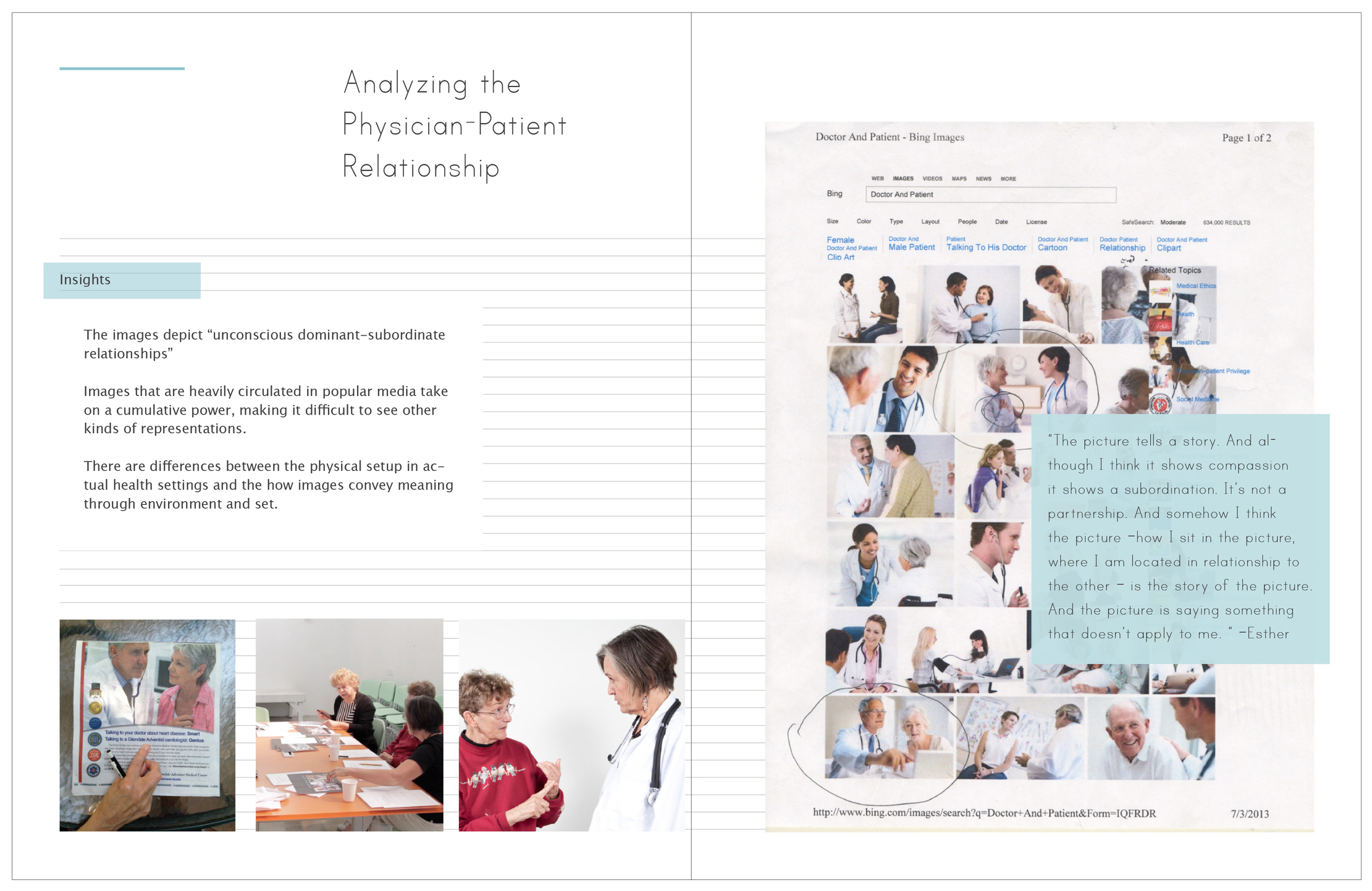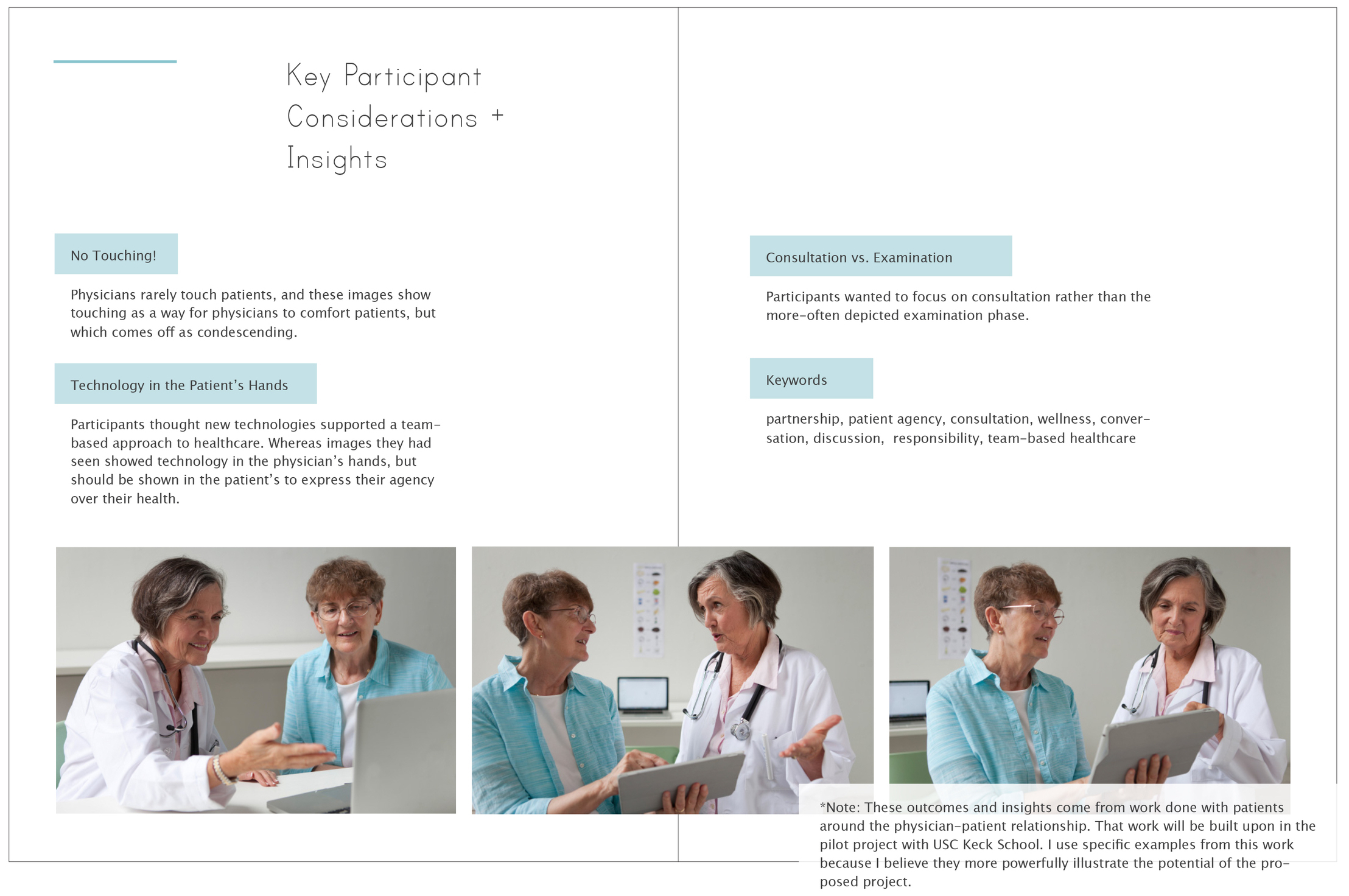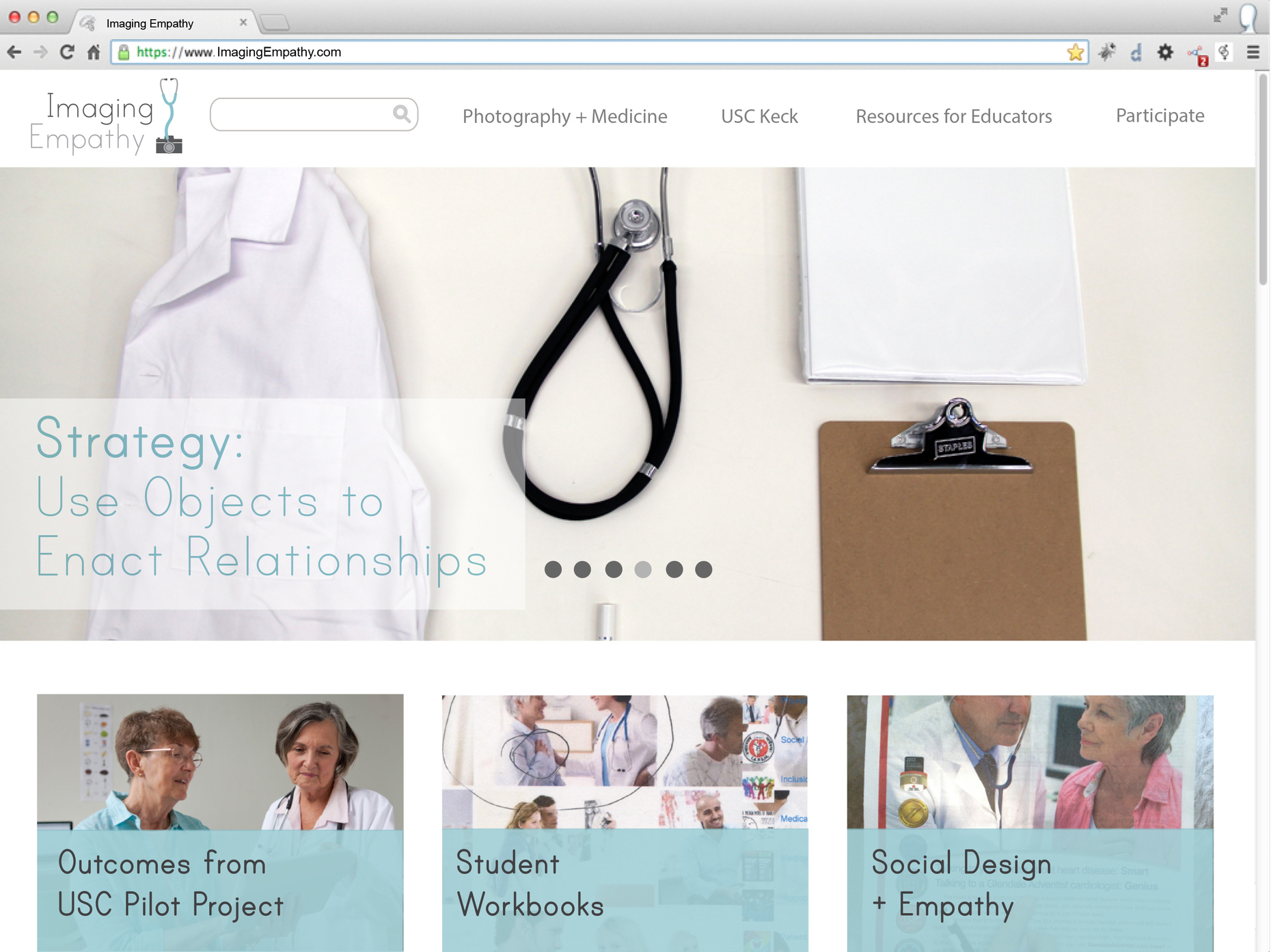Fostering empathy for patients
Teaching empathy is one of the most challenging tasks of medical education today. Physicians are historically trained in an evidence-based model of treatment, with little emphasis on social or interpersonal dynamics. In addition, the increased speed of medical work, interrupted continuity of care, and new informatics technologies have complicated and strained personal and empathic encounters between physicians and patients. I believe that human-centered design has a strong role to play in developing a new generation of compassionate physicians.
I initiated the project, Imaging Empathy, to develop a curriculum that helps medical students build empathy for their patients through a series of interactive, participatory workshops. Through the analysis of existing representations of the doctor-patient relationship, role-playing, and the creation of new images, the project builds upon and expands existing Narrative Medicine strategies that help medical students learn to be more self-reflective and empathic.
For Dr. Suraiya Rahman, Pediatrician on faculty at USC's Keck School of Medicine, I developed a pilot implementation of the curriculum for her Professionalism in the Practice of Medicine course. The design assets below include an Implementation Kit (guide + student workbook) for use by Dr. Rahman and other medical educators, as well as a proposal for a platform that would include: the downloadable Implementation Kit; space to share insights, images, and other outcomes by those who completed the curriculum.
